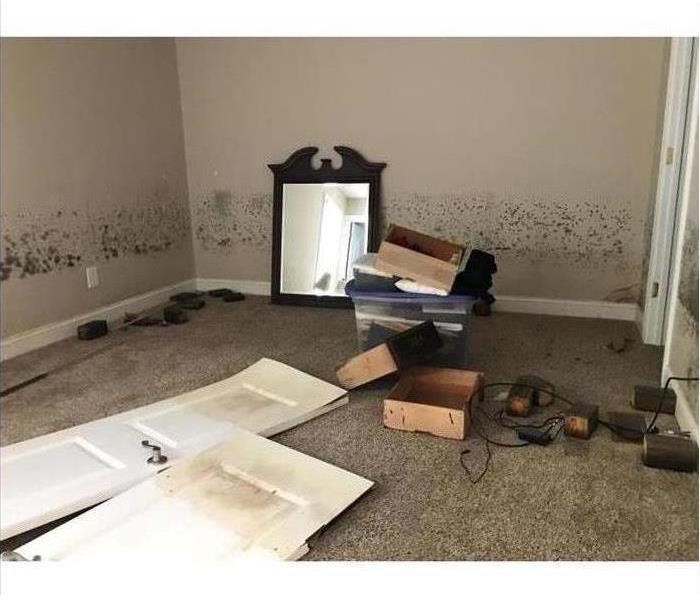Preparing Your Home for Floods
5/9/2023 (Permalink)
As Michigan residents, we know that flood water can easily rise, turning your home into a flooded mess that needs extensive repairs. Although flooding from a burst pipe or flash flood can come quickly, if your home is prepared, the damage can be minimized. Here are tips to prepare your home for flooding:
- Install a Sump Pump
Sump pumps are installed in a pit in the lowest part of the home, such as the basement or crawlspace, and are designed to prevent water from entering the home. They automatically work to pump water out when it rises to a certain level. - Raise Electric Components
Along with water damage, flooding also creates potential fire hazard situations. It is recommended that wiring, outlets, sockets and other electrical components be at least 12 inches above the structure’s projected flood elevation. A licensed electrician can raise them to meet those requirements. - Waterproof Basements
An easy way to keep basements dry is to regularly maintain the outside of your home. Along with keeping gutters and drains free of debris, verifying the property slopes, and properly diverting water can keep water flowing away from the home. - Keep Supplies On-hand
Flood water can come on fast and rapidly rise. If you know you have foundation issues or haven’t cleaned the gutters yet, keeping supplies, such as sandbags and tarps, on-hand can minimize the amount of water entering the home. - Maintain a Checklist
Even if you are prepared, sometimes Mother Nature doesn’t care. When that happens, it is important that everyone in the home knows what to do and precautions are taken to minimize damage. The checklist should be easily accessible and include items such as disconnecting appliances and turning off the main power, gas line, and water supply.





 24/7 Emergency Service
24/7 Emergency Service
